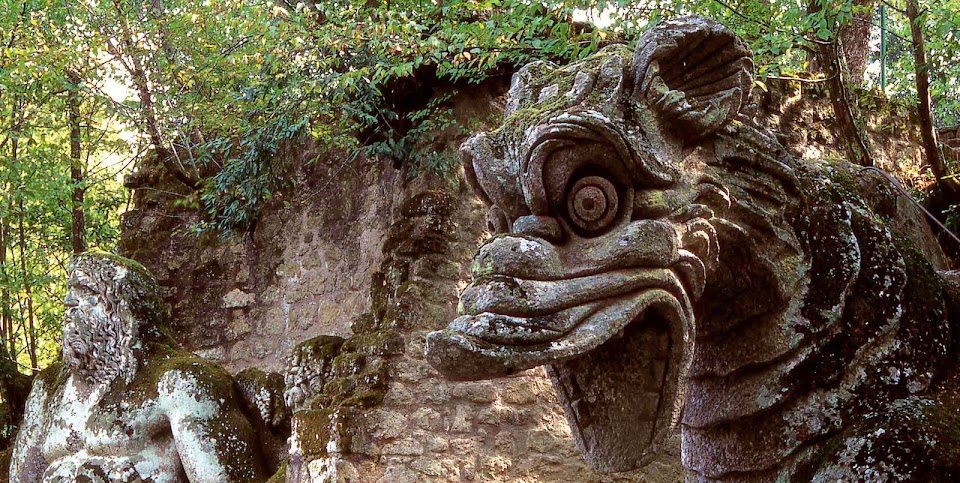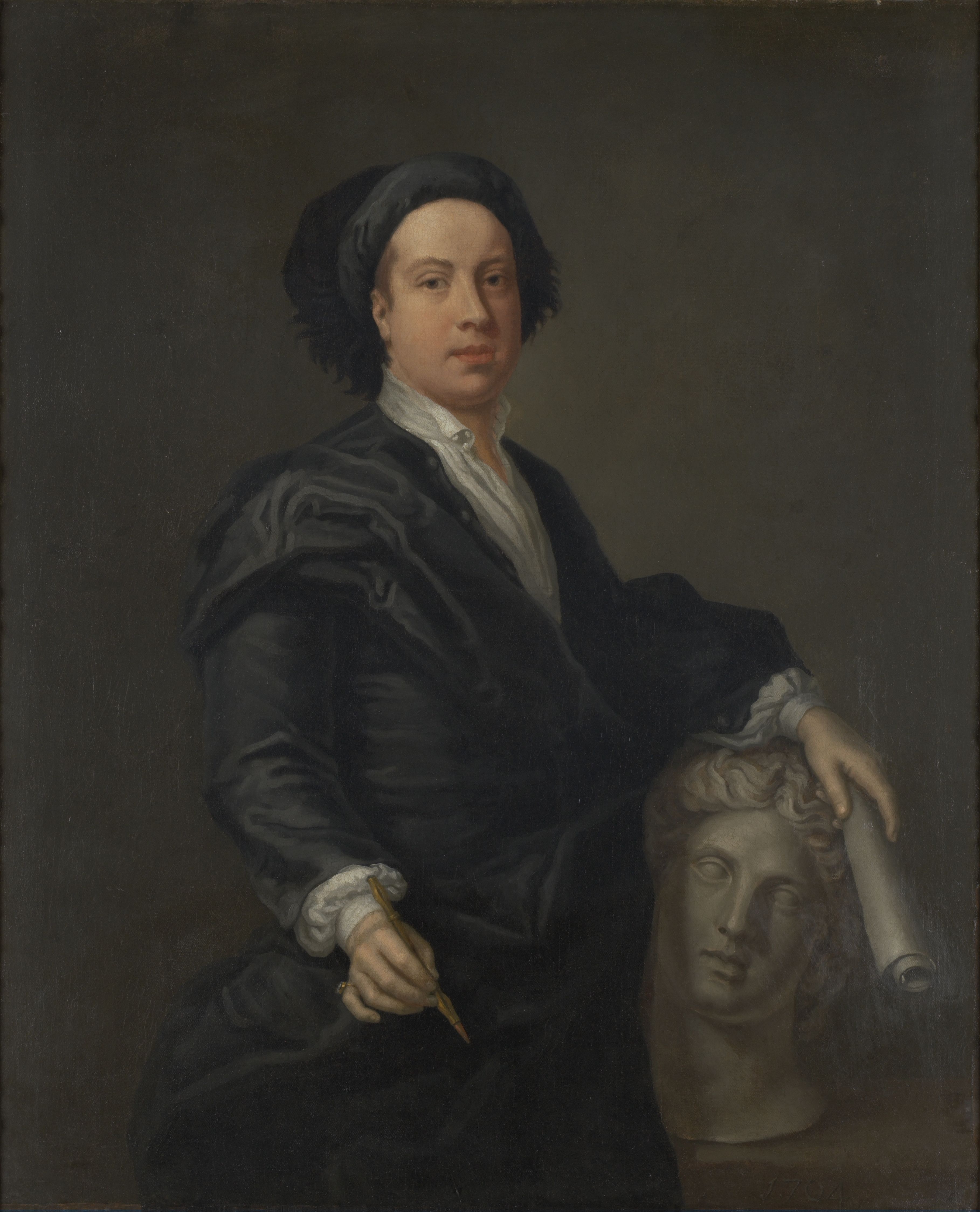On this, the last day of 2011, I wanted to celebrate the greatest botanist of the 19th century, who died 100 years ago on 10 December 1911.
 | |
| Sir Joseph Hooker in 1896. The image is from Hookers own website. |
Sir Joseph Dalton Hooker was the younger son of Sir William Jackson Hooker (1785-1865) the first official Director of Royal Botanic Garden, Kew. While Joseph succeeded his father to the Directorship at Kew - his most notorious act was probably the ‘botanical piracy’ to obtain seeds of the rubber tree, Hevea brasiliensis. Subsequently, natural rubber produced by plantations in British colonies in the Far East destroyed the Brazilian rubber industry - he also led an incredibly full and fascinating life.
There is insufficient space here to recount all Sir Joseph’s achievements - do visit his own website for many more details. Suffice to say that he traveled with Capt. Ross his Antarctic expedition (1838-42) and in 1844 was the person first Charles Darwin told about the Theory he was working on. As Darwin’s confident it was Hooker far more than Huxley who fought Darwin’s battles, for example arranging the reading of Darwin’s (and Alfred Russel Wallace’s) paper at the Linnean Society on 01 July 1858. And a year later Hooker was the first scientist to publicly endorse Origin of Species in Introductory Essay to his Flora Tasmaniae.
From the garden historian’s perspective Hooker is remembered primarily as a plant hunter. Between 1847 and 1851 he became the first Westerner to explore the then-kingdom of Sikkim in the eastern Himalaya. The account of his adventures he published in the best-selling Himalayan Journals (1852). It remains a fascinating read and may be downloaded free from Project Gutenberg.
 |
| The landscape of Sikkim from Himalayan Journals |
It was using this text that I followed in Hooker’s footsteps in what is now a state of India and a buffer military zone with Tibet. Because of this the landscape Hooker saw remains relatively undamaged. To the extent that I even found a fireplace of stones beneath a large rock under which he camped in the Zemu valley.
 |
| Rhododendron hodgsonii in Sikkim |
Hooker’s most significant discovery was over 20 new species of colourful rhododendrons, which upon their introduction became a huge garden fashion - here you can download Hooker’s The rhododendrons of Sikkim-Himalaya (an original copy will set you back between £13,000 and £18,000). In 1871 the garden writer Shirley Hibberd claimed the same amount of money had been spent on rhododendrons in the past 20 years as was the nation debt. Then the figure of £738 million, the equivalent of £51,200 million today!








